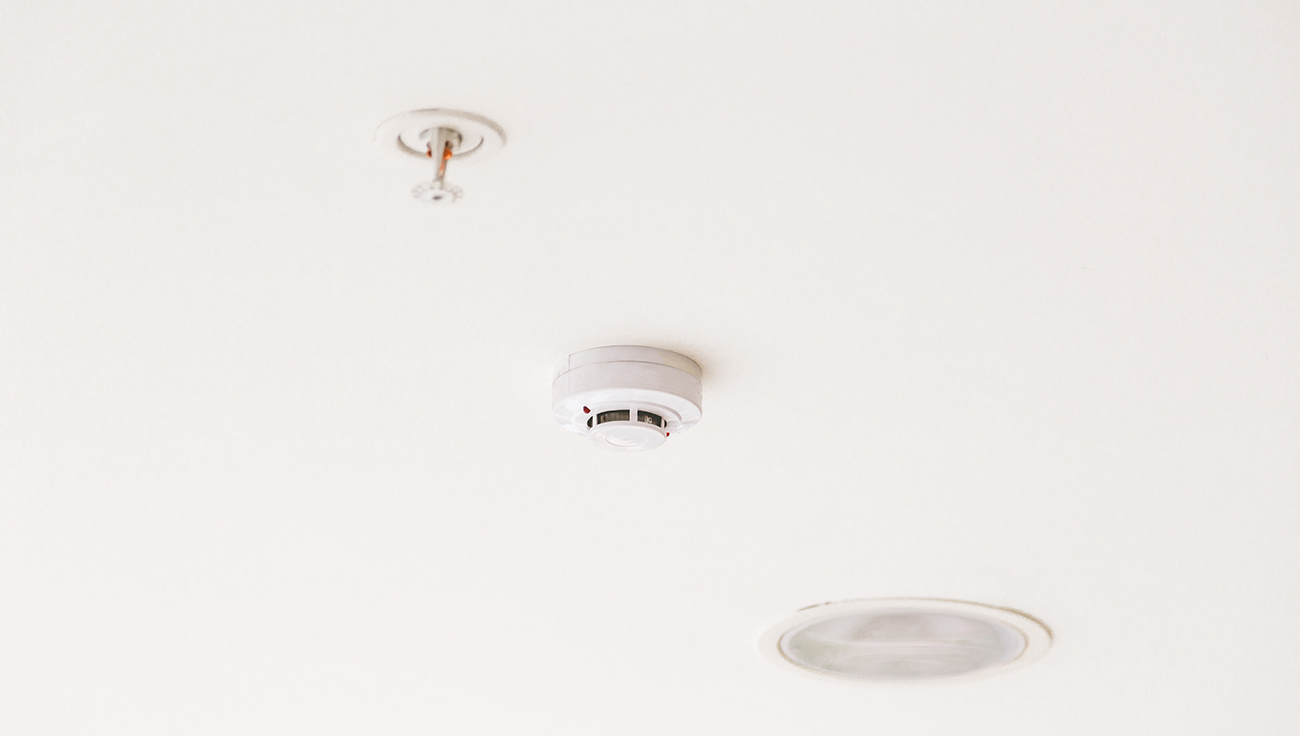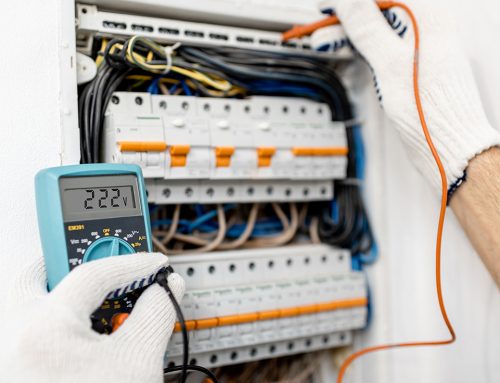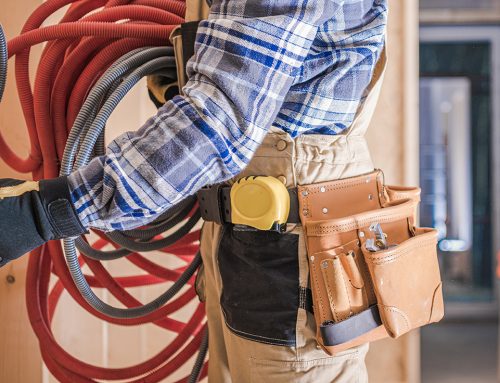General Safety Checks and Tips
Changes in the behaviour of an electrical installation e.g. fuses blowing more than once, lights flickering should be checked by a REC. Domestic installations should be inspected and tested periodically by a REC about every 5 years.
Householder Checks
On a regular routine, sockets, switches and appliances should be inspected by the householder or equivalent for signs of overheating, wear on flexes, plugtops not properly connected i.e. the colour of the wires in a flex entering a plug-top should not be visible from outside the plugtop. A cord grip should hold the outer sheath of the flex, not the coloured cores.
Faults include:
- Damage to plug tops such as cracking, heat discoloration, missing screws etc.
- Damage to flexible cables.
- Unearthed equipment. If the flex has 3 cores it normally requires earthing.
- Dangerous joints in flexible cables including taped joints. Proper extension units should be used.
Safety tips include:
- Be vigilant for frayed wires, loose connections or damaged plugs and have them replaced immediately.
- If replacing fuses ensure the correct fuse is used.
- Don’t overload sockets with adaptors or extension blocks.
- Appliances should not be used in unsuitable locations, or if damaged.
- Test your trip switch or residual current device (RCD) twice yearly (when the clocks change) by pushing the test button.
- Always use a REC to carry out electrical works.
- A portable electrical appliance should never be brought into a bathroom.
- Always have any broken electrical items such as sockets, switches, appliances, worn cables, etc. replaced.
- For extra safety, always switch off and unplug electrical items when not in use.





